Introduction In industrial automation systems, digital input modules serve as an important interface between field devices and control systems, playing a key role in signal acquisition. Yokogawa ADV141-S12 S1 digital input module is designed to accurately acquire signals from discrete devices such as switches, relays and sensors. The module can be seamlessly integrated into Yokogawa's CENTUM VP and ProSafe-RS platforms, and has efficient data processing capabilities, making it ideal for application scenarios where control and safety are critical. Rugged structure and functional reliability The ADV141-S12 S1 is designed for harsh industrial environments, emphasizing the module's structural strength, electrical insulation and signal integrity. Each of its input channels uses an optoelectronic isolation design to effectively prevent electrical noise interference and ensure stable operation of the equipment under complex working conditions. The module is usually equipped with 16 input channels and supports standard DC voltage input to ensure compatibility with various field devices. At the same time, the module has extremely high signal recognition accuracy and is equipped with a de-jitter filter function, which can stably collect clear switch signals, which is particularly critical in emergency shutdown systems (ESD) and safety instrument systems (SIS). The LED indicator on the front of the module can display the channel status in real time, greatly simplifying the fault diagnosis and daily maintenance process. System Adaptation and Flexible Configuration The ADV141-S12 S1 module is designed with full consideration of the convenience of system integration, and can be easily matched with the Yokogawa control system architecture to reduce the time cost of engineering deployment and debugging. The module transmits the collected signal data to the field control station (FCS) quickly and stably through the internal bus. Its input voltage range is wide (typically 24VDC) and meets the insulation standards between channels, field wiring and systems. It can be installed on a standard I/O baseboard with other digital or analog modules to support flexible system structure design. At the same time, its hot-swappable capability allows maintenance personnel to replace modules without downtime, effectively improving the ability to support the continuity of key processes. Self-diagnosis function, reliability and certification guarantee ADV141-S12 S1 not only performs well in performance, but also has powerful self-diagnosis function, which improves the level of system visualization. The module can automatically identify channel abnormalities, disconnections and short circuits, and promptly feedback the status to the central control system, helping operators to quickly respond to on-site problems and avoid equipment downtime. The module meets many international reliability standards and is certified by CE, UL and other certifications. It is suit...
Read More
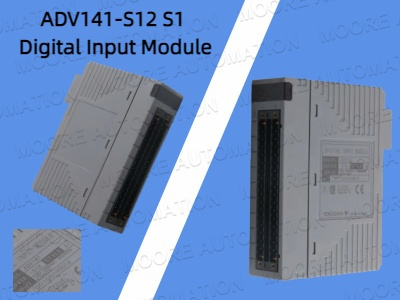
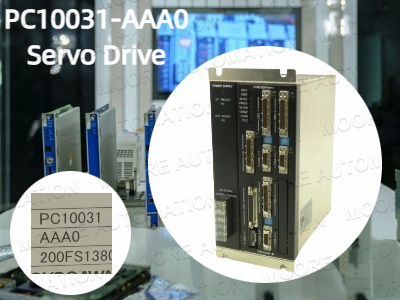
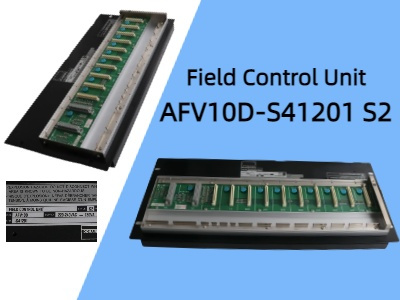
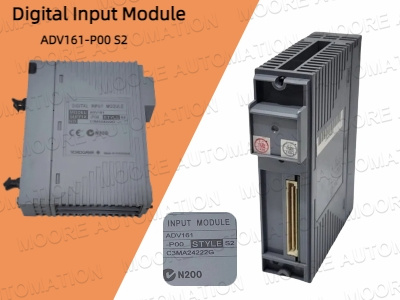
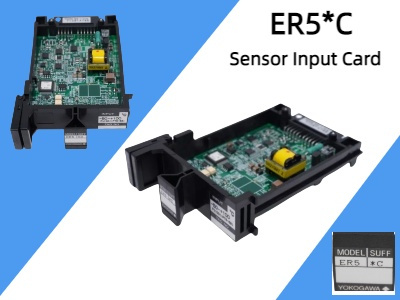
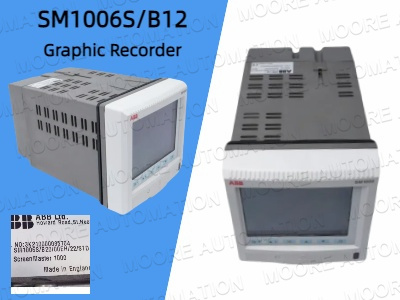
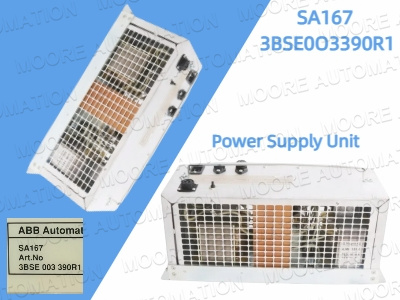
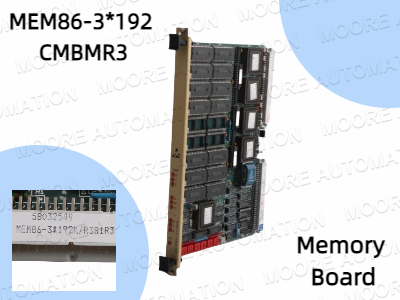

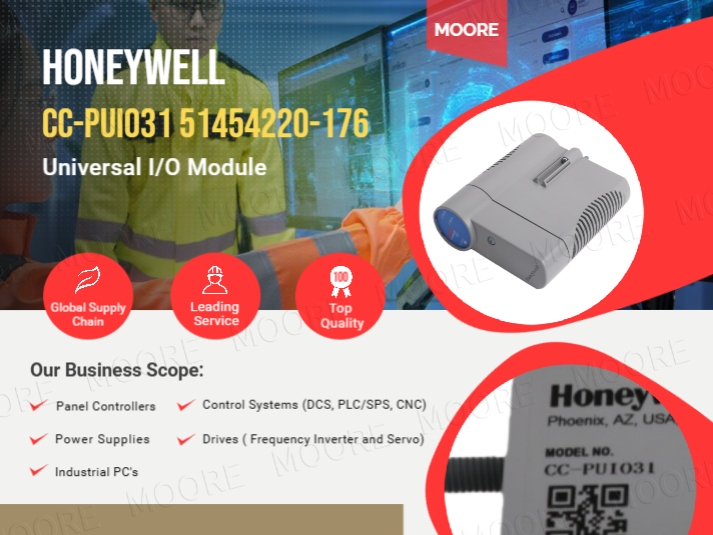
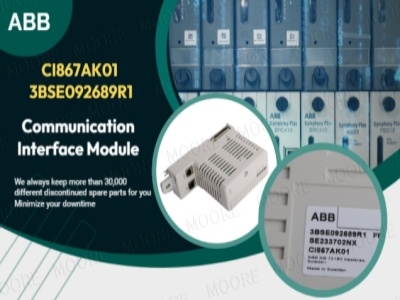
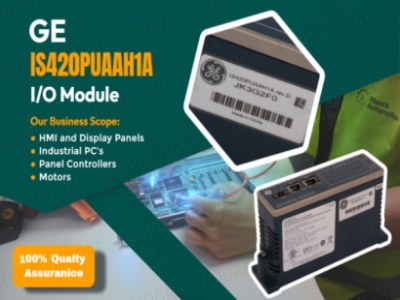












 IPv6 network supported
IPv6 network supported